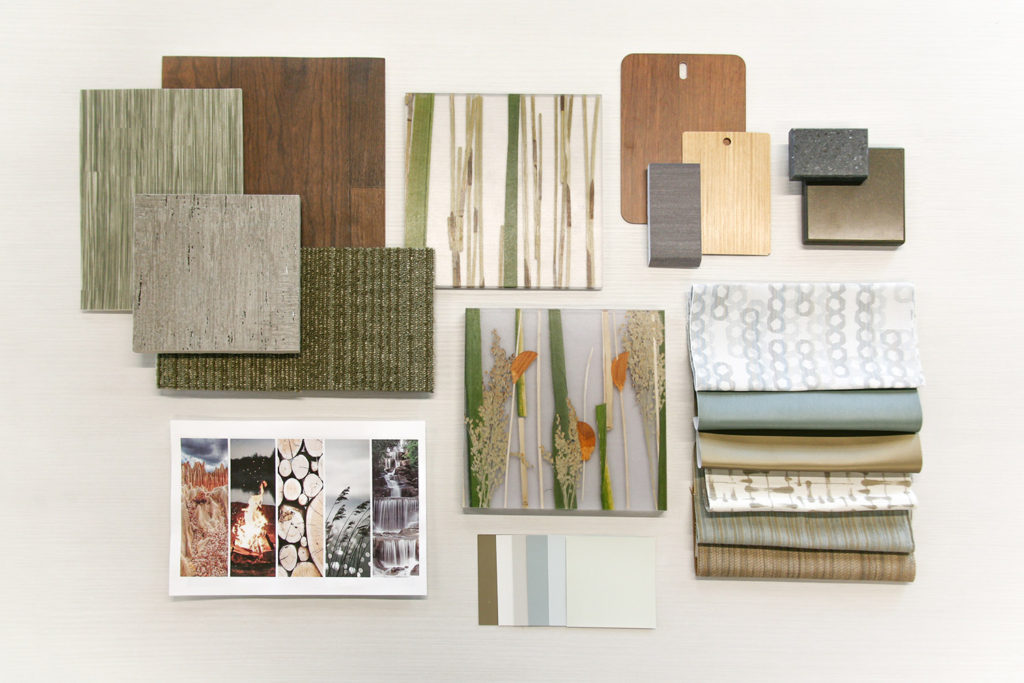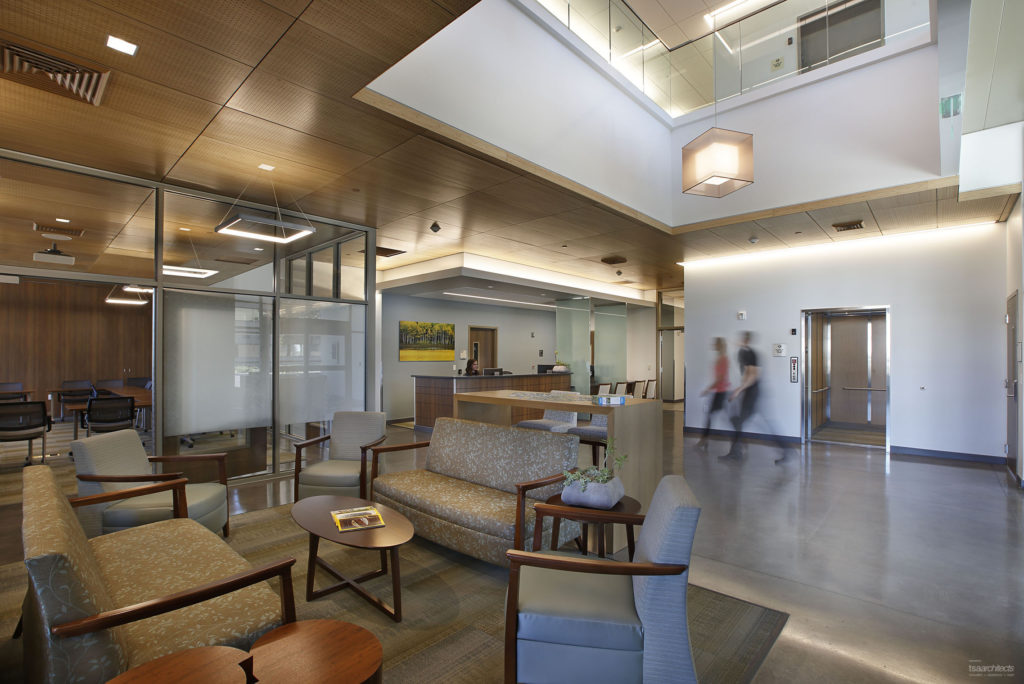

Every Design Tells a Story
As humans, stories are one of our most powerful methods of communication. Our love of stories begins in childhood. Storytelling began in the ancient period—before the written language. Early people told stories by oral tradition or cave painting. And today, narratives are an essential part of our society and culture and can come from anywhere. People on social media love to tell stories—whether it is through words, image, audio, video, or a combination of them all. Everyone uses different narrative tools to tell great tales. Architects and designers are also great storytellers – even though our work does not come in the form of literature or the spoken word, it does not mean our creations do not communicate. What makes our tales different is that they play out experientially through architectural design, layout, material, furnishings, and decorations.


Asian-Zen materials create a warm, sleek, welcoming environment that also exudes energy. (Photo credit: Stephanie Kwok)
When we start a new project—whether it is a new building, remodel or repurposing a space—we begin with a storyboard. We must establish: who are the users? What is the purpose for the space? How can we achieve the client’s mission and goals? Once the project criteria is determined, we start brainstorming to decide what narrative we plan to tell. Recently for example when we were developing the story for a new Cancer Center, we asked ourselves the question “where do people go to find peace during the healing process?” We looked to nature and found inspiration in Asian-Zen centered elements which determined the design elements and color palette.
Shaping a project storyboard can also be a strategic tool for your team. The design story will help to build cohesiveness throughout the project and within your team. It ensures that the entire team understands the vision of what they are trying to accomplish and more importantly, why.


Expansive teak and bamboo paneling set the tone for a warm, hospitality-themed concierge area, and continues throughout—enveloping patients receiving care in soothing wood tones from floor to ceiling. (Photo credit: Jim Fairchild, fairchild-creative.com)
Visual design creates a powerful impact when telling the story of a building or a space and helps clients understand, engage and remember. Nothing will engage your clients and drive them to action more than a compelling tale. A good narrative will tap into the emotions of your clients and allow them to relate and empathize with the design concept you are telling. Rather than focusing on the layout or function of your design, try walking your clients through the concept behind the design. This will allow clients to feel more connected to the concept, help them to catch the vision, and increase their desire to make it real. Remember, you are not only selling your clients your skills and designs, you are selling them a story, an idea, and a dream.


Large picture windows illuminate the interior, frame views of the great outdoors, and draw warm, natural light into the lobby and waiting areas. (Photo credit: Jim Fairchild, fairchild-creative.com)
How do the users experience storytelling in our built environments? Let us picture the architecture itself as a book. Imagine the exterior of the building as the cover of the book. The users might be intrigued by the cover and want to open it, but they only get a small sense of what the book is about. Then they open the cover, turn the page and walk toward the entrance. This is the first chapter, the start of their adventure. Now the users no longer see the building from a distance—they are starting to interact with it. They walk into it, seeing the finishes and materials, listening to the sounds in the space, feeling the textures, and experiencing the openness of space. As they journey through, they discover more of the character and details, and they build a relationship with the story. As designers, we focus on creating a narrative that pulls the user in and will deliver them elegantly to a meaningful, cohesive and endearing story, instead of just constructing a logical arrangement of space.
Telling a compelling story is an essential part of developing a design. It is like hearing the great tales from our childhood that were told by our loving parents over and over again and we never get tired of it.


— Contributed by Stephanie Kwok, Interior Designer
